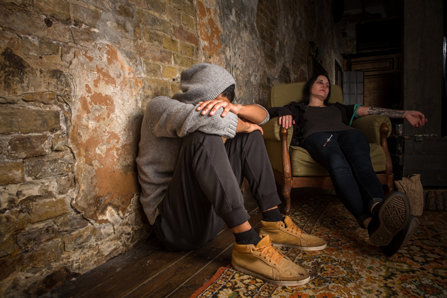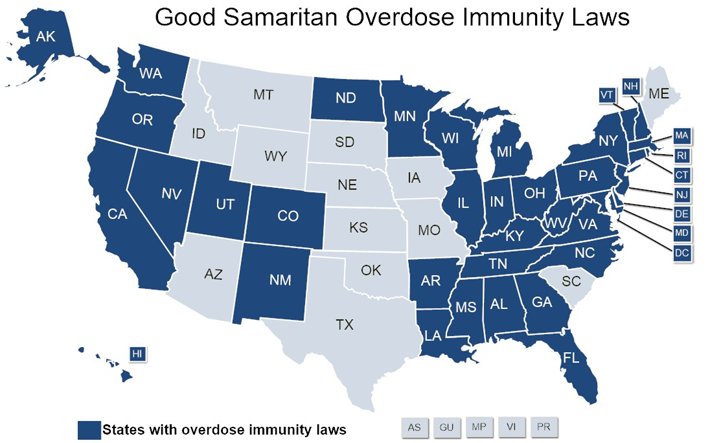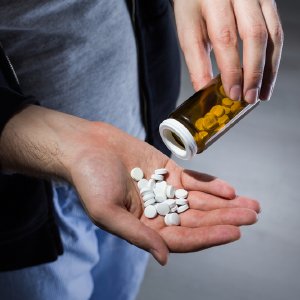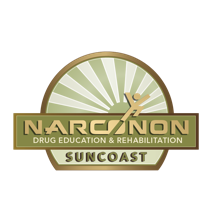How a Simple Drug Can Save Lives—A Guide to the Opiate Epidemic and Narcan

The current opiate epidemic in this country has become an ever growing issue and is affecting more people every day. News broadcasts and papers are filled with reports of huge numbers of overdoses, heroin cut with elephant tranquilizers or counterfeit pills being marketed as Oxycodone, but are really filled with Fentanyl. Almost every person knows or is somehow connected to someone who uses opiates. Whether it’s a mom, dad, sister, brother, aunt, uncle or friend, everybody knows someone who’s addicted to opiates.
According to the National Institute on Drug abuse:
“It is estimated that between 26.4 million and 36 million people abuse opioids worldwide, with an estimated 2.1 million people in the United States suffering from substance use disorders related to prescription opioid pain relievers in 2012 and an estimated 467,000 addicted to heroin. The consequences of this abuse have been devastating and are on the rise. For example, the number of unintentional overdose deaths from prescription pain relievers has soared in the United States, more than quadrupling since 1999. There is also growing evidence to suggest a relationship between increased non-medical use of opioid analgesics and heroin abuse in the United States.”
For more information on opiate abuse statistics, read America’s Addiction to Opioids: Heroin and Prescription Drug Abuse.
The following information provided is for the everyday person and how they can help save lives amidst this opiate crisis.
What is an opiate?
An opiate is any drug that has morphine-like effects and originally synthesized from opium. Opiates are a class of drugs that have painkilling, analgesic effects and are among the most abused drugs due to their high addictive potential.
Some of the most commonly abused opiates are:
Symptoms of opiate intoxication can include:
- Altered mental status, such as confusion or delirium.
- Breathing problems. Breathing may slow and eventually stop.
- Extreme sleepiness or loss of alertness.
- Nausea and vomiting.
- Small pupils.
- Extreme euphoria
- Itching
- Analgesia
- Talkativeness
For more information read Opioid intoxication.
Overdose
The increasing purity of street-bought heroin, as well as it being mixed with powerful synthetic drugs, like Fentanyl, have caused overdose deaths to rise over the last decade.
Overdose is a huge problem accompanying the opiate epidemic. With the presence of very strong drugs along with a high saturation of opiates in nearly every town, city and state, people are overdosing every single day. EMT’s and paramedics are called to countless scenes where an unfortunate addict had lost their battle. It’s important to recognize the signs and symptoms of an opiate overdose so the necessary actions can be taken to save a person’s life.
Symptoms of opiate overdose include:
- Person is awake but unable to talk
- Bluish skin or lips
- Clammy skin
- Labored breathing
- Slow or erratic heartbeat
- Vomiting
- Loss of consciousness
For more information read Opioid overdose.
What is Narcan (Naloxone)?
Narcan is the trademarked brand name for the drug Naloxone. Naloxone is an antidote for an opiate overdose and it reverses the effects of common opiates, like heroin, Oxycodone, morphine, Methadone and Vicodin. Narcan works by knocking the opiates off the receptor sites in the brain, thus ceasing their effects on the body. If a person is administered Narcan who has not taken any opiates, it will not harm them or have any effect on them since there are no opiates in their system to reverse. You also cannot get high from Naloxone. Naloxone can be given either by an intra-muscular injection or as a nasal spray and usually works within 5 minutes.
For more information, read
All about Narcan
Can anyone administer Narcan, or do you have to be a doctor or medical professional?
Anyone can administer Narcan after receiving some basic training by a pharmacist or a physician. A lot of people think you have to be a highly-trained medical professional in order to administer a dose of Narcan and that’s not true. Experience has shown that after receiving some training and education, absolutely anybody can administer it to someone who has overdosed on opiates.
CVS and Walgreens Offer Naloxone in Certain States
Connecticut, Kentucky, Maryland, North Carolina, New Hampshire, Ohio, Virginia, and Vermont will be able to dispense naloxone without a prescription. CVS pharmacies also provide naloxone in Arkansas, California, Minnesota, Mississippi, Montana, New Jersey, North Dakota, Pennsylvania, South Carolina, Tennessee, Utah and Wisconsin. Naloxone may now be purchased without a prescription at Walgreens stores in Alabama, Indiana, Massachusetts, New York, Ohio, Rhode Island, and Pennsylvania.
For more information, read this article.

Naloxone Laws By State:
District of Columbia North Carolina
Wisconsin


